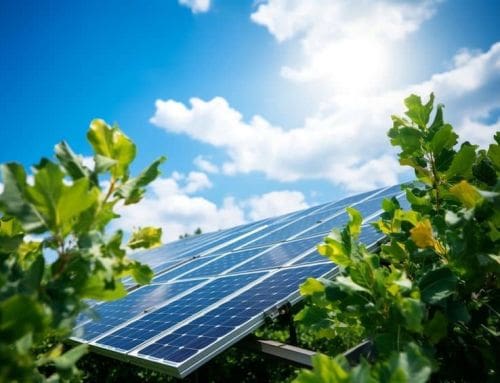Researchers in Germany have developed bio-based photovoltaic solar cells by embedding the two proteins from plants responsible for photosynthesis into complex molecules developed in-house. The proteins used are photosystem 1 and 2. This procedure created an efficient electron current. In leaves, photosystems 1 and 2 utilize light energy very efficiently. Converting carbon dioxide into oxygen and biomass requires this high level of efficiency. However, the bio-based solar cell developed by the Bochum researchers generates electricity instead of biomass.
The Importance of Bio-based Technology
Because of the protein’s habitat and behavior, their photosystems are far more stable than their counterparts of species that don’t occur under extreme environmental conditions. Prof Schuhmann’s team developed redox hydrogels, complex electron-conducting materials. The team embedded the photosystems into these hydrogels to facilitate connecting them to the electrodes of photovoltaic cells.
“The system may be considered a blueprint for the development of semi-artificial and natural cell systems in which photosynthesis is used for the light-driven production of secondary energy carriers such as hydrogen,” says Prof Rogner.
More about the structure of the bio-based solar cell and efficiency potential see SolarDaily.
Unfortunately bio-based solar cells have not yet reached the solar ventilation industry. However, technology is always improving and Solar Royal is dedicated to bringing you the very best the market has to offer.





